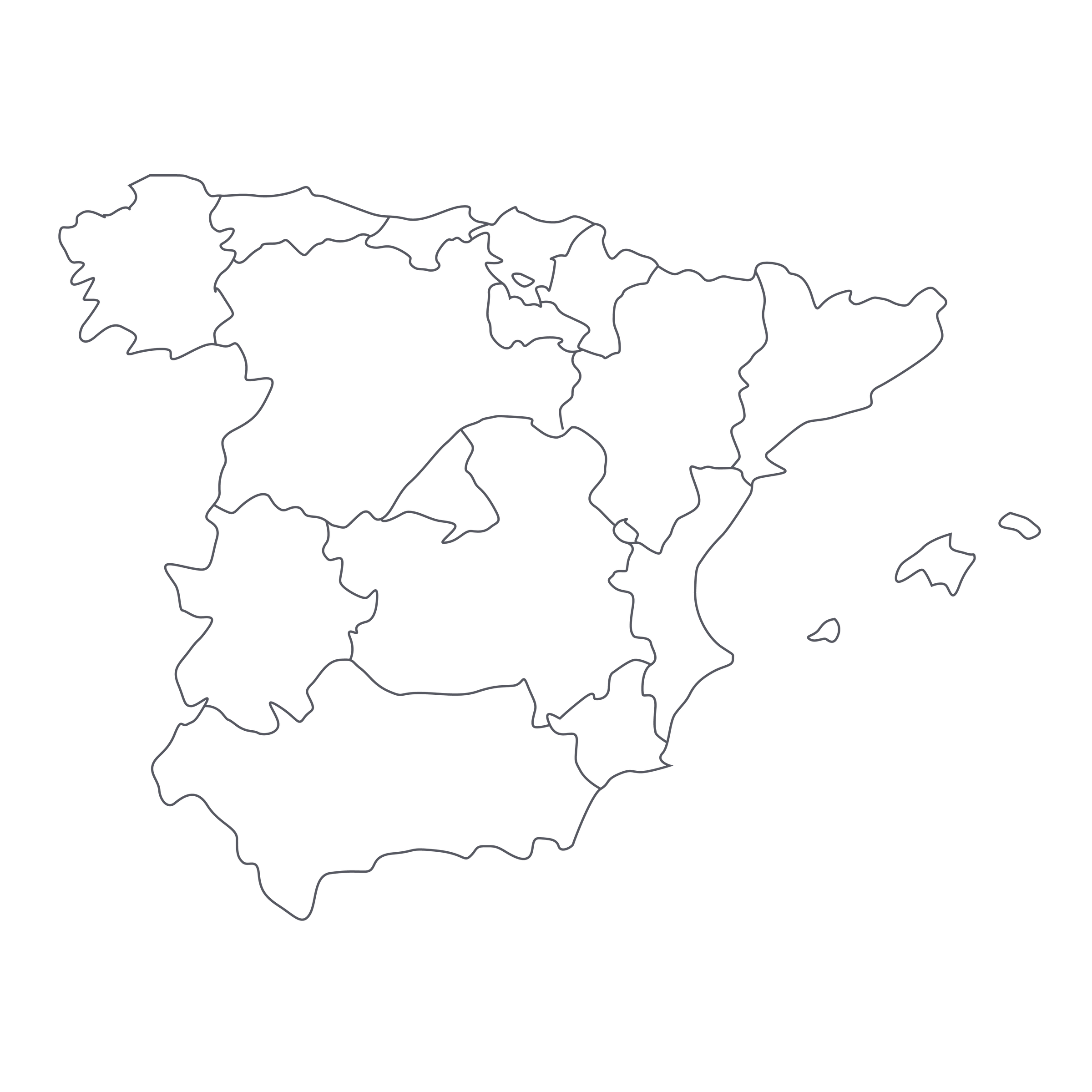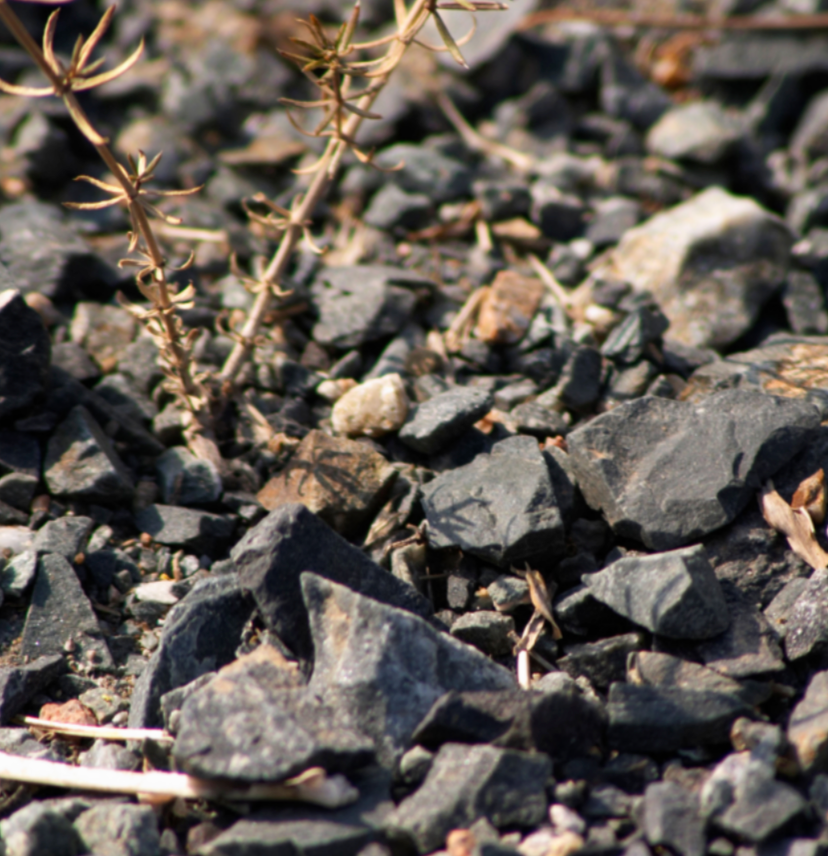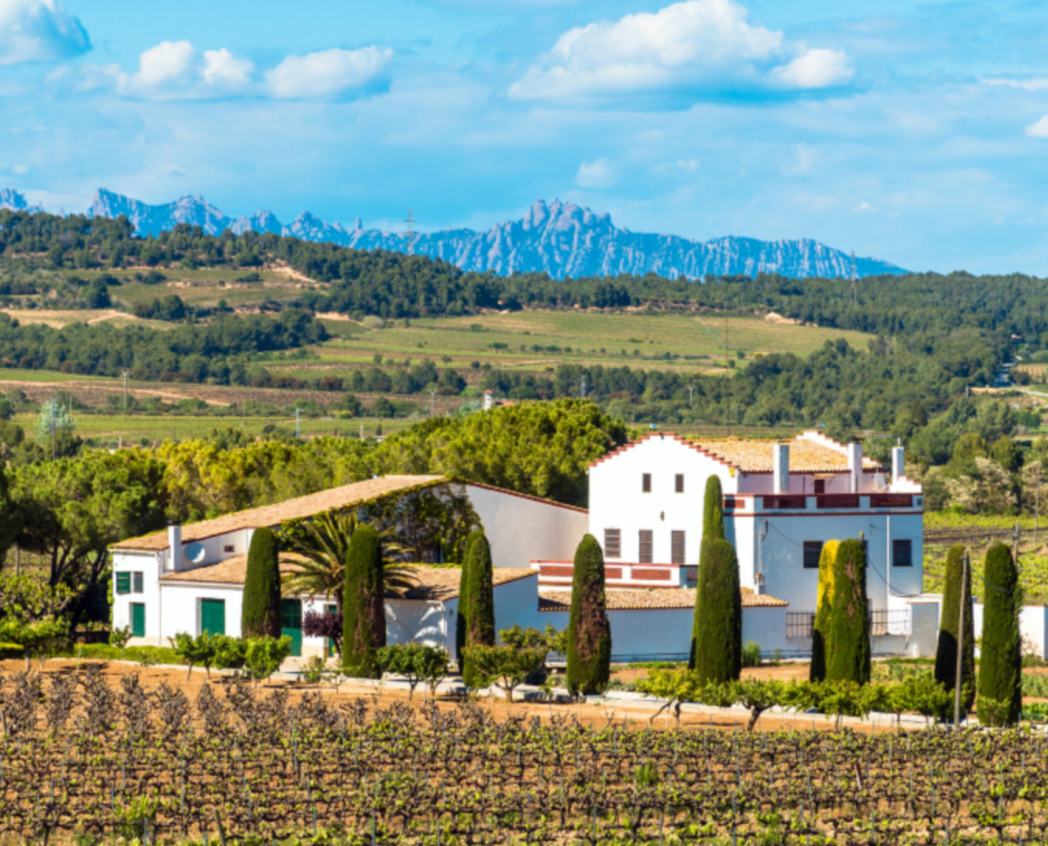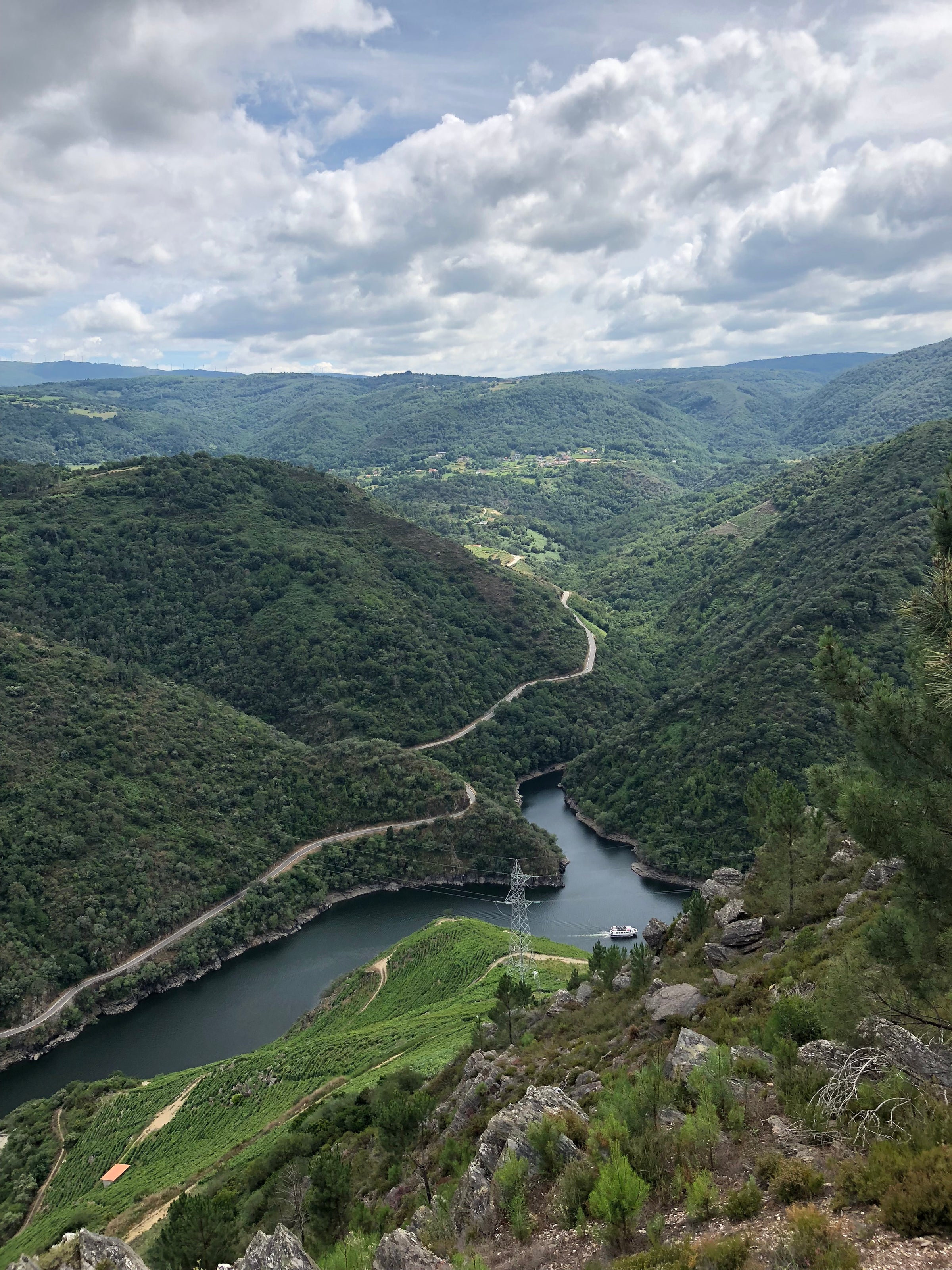The labor-intensiveness of ‘Champagne method’ sparkling wine has led to some incredible mechanization. Larger producers use big, rotating metal bins called gyro palettes for what might be dubbed ‘mass riddling’ (the gradual turning of bottles to collect yeast sediments in the neck). There are also disgorgement machines (for the expulsion of yeast and re-corking).
In fact, the world’s major sparkling wine zones—headlined by Champagne—may be the ultimate examples of how quality can be achieved on an ‘industrial’ scale. The problem is the word ‘industrial.’ It’s often employed to describe Spain’s (considerable) Cava production, and it isn’t meant as a compliment. The Pere Mata’s “Cuvée Barcelona” is the polar opposite of industrial: it is meticulously hand-crafted wine, a game-changer for anyone inclined to pre-judge Cava. It will stand toe-to-toe with top grower Champagne, and it may well be the best sparkling wine value on the planet.
Mata I Coloma is the name of Pere Mata’s winery in Sant Sadurní d'Anoia, a small village not far from Barcelona in the heart of Spain’s Penedès DO. Technically, a wine labeled ‘Cava’ can be produced in several different regions, but Penedès, on the northern Mediterranean coast, is its spiritual home. Mata farms just 5 hectares of vineyards organically, doing all work by hand and focusing only on the historic varieties used in Cava: Xarel-lo (cha-RAY-yo), Macabeu, and Parellada. The climate is Mediterranean, the soils a favorable mix of limestone (key in preserving acids), sand, and clay, and Cava sparklers are crafted in the traditional ‘Champagne’ method. Because of the scale of Cava production and its favorable pricing, it’s easy to forget that last point.
We’re not here to denounce the “big houses” (this recent
article in the New York Times is a sentiment we share). But Mata’s artisanship is inspiring: everything from harvest to bottle is done by hand, and all of his cuvées spend an extended period of time aging on their lees. This edition of Cuvée Barcelona is from the 2009 vintage and was disgorged in July 2016 (that’s almost 7 years). We previously offered a 2015 disgorgement of this same wine—which was received enthusiastically by our members—and this edition ratchets the complexity up even further!
Cuvée Barcelona is a blend of 50% Macabeu, 30% Xarel-lo, and 20% Parellada, fermented mostly in steel (a small percentage of the Xarel-lo was fermented in barrel). It received no dosage before final bottling, making it a ‘Brut Nature,’ but it sure doesn’t play like a no-dosage wine: it is bold, ripe, and well-rounded, not in any way sweet but quite substantial on the palate (I’m told that boutique Champagne maestro Jacques Selosse is one of Mata’s influences, and you can see it in the wine). Imagine a classically mineral, brioche-y grower Champagne with a more pronounced fruit component and you’ve got this wine pretty well pegged. In the glass it’s a deep straw-gold, with aromas of yellow apple, pear, crème fraîche, beeswax, hazelnut, and wet stones. The palate is broad and expansive, with great freshness, weight, and grip; it makes a big impact while finishing dry and clean. Serve it well-chilled, but not overly so (50-55 degrees best), in open-mouthed Champagne flutes or all-purpose white wine stems. It will make an impressive, palate-enlivening apéritif alongside some classically Spanish nibbles like Ibérico ham, Manchego cheese, and Arbequiña olives. As Champagne alternatives go, it doesn’t get any better!





